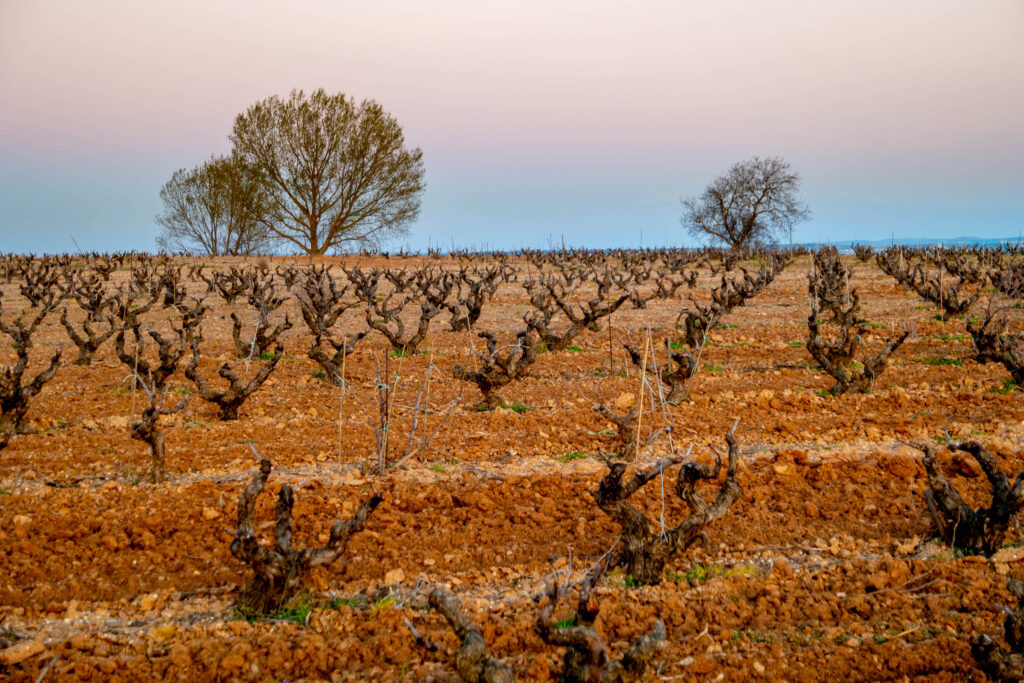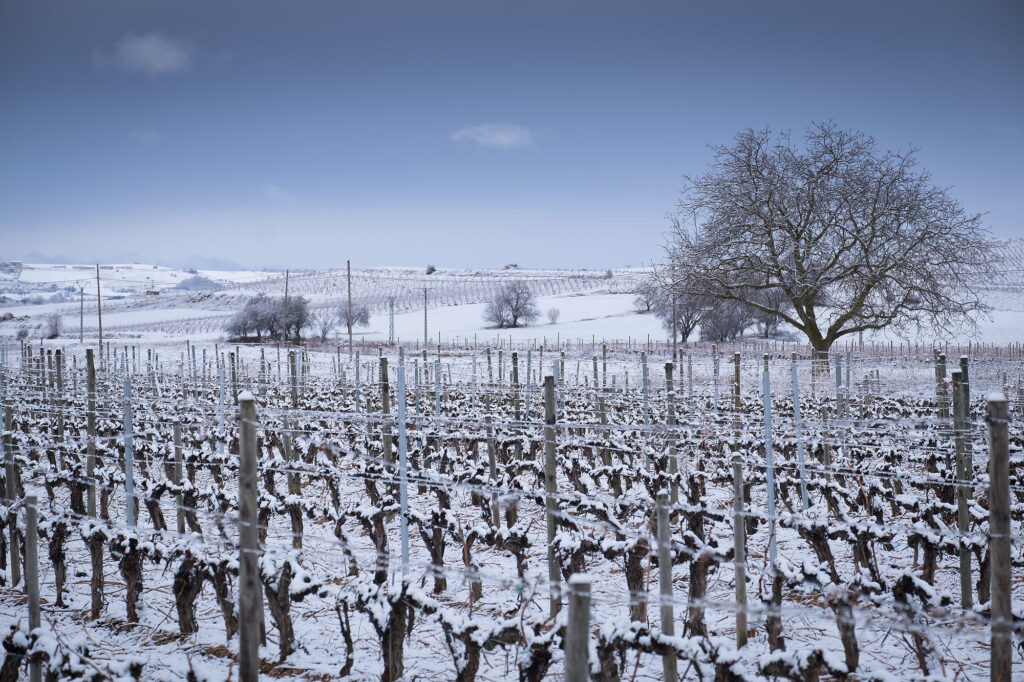Ribera del Duero is situated in the northwest of Spain, in Castilla y Leon, the country’s largest autonomous region. Here, vines grow at some of the highest elevations in Europe and experience some of the most extreme growing conditions, commonly bestowed with freezing winters and baking hot summers.
With a history of winemaking dating back to the Middle Ages under the watchful eyes of the Cistercian and Benedictine Monks, wines began to stand out from the crowd, gaining recognition both in Spain and further afield with exports from as early as the 17th century. Today, the region of Ribera del Duero has evolved considerably, especially in the last fifty years, with replanting and investment in abandoned vineyards a key focus, plus development of new plots – many within sight of the winding Duero River – creating some of the finest red wines in the world.
Producer Vega Sicilia was originally the only notable success, blending the King of Spanish grapes ‘Tempranillo’ or Tinto Roriz as it is also known with a dash of the Bordeaux varieties – Cabernet Sauvignon, Merlot and Malbec to great acclaim. It was, however, Alejandro Fernandez who in the 1980’s made a splash by producing a single varietal Tempranillo wine that gained international attention for its purity and finesse. Now, there are close to 300 producers attracted by the versatility and diversity of soils, crafting a range of deep, concentrated rich wines, often made from 100% Tempranillo.
These can be aged, like Rioja, for many months in French and American oak, creating fresh, elegant, but highly structured intense expressions with flavours of dark, red, and black fruits and a certain savouriness that can develop and last for years. But the reds might have a new competitor seeking to share their fame on the very same soil. In 2019 Albillo Mayor became the first white grape to be approved for quality wine production, having often only been used as a minority blending partner in red wines. This variety, indigenous to the region, accounts for around 2% of Ribera del Duero’s total vineyard area of 25,000 hectares. They are typically 50 plus years old and often located alongside other old Tempranillo vines. With aromatic stone fruit flavours and often a weighty textural nuttiness, these wines have yet to show their full potential, but soon they will. Exciting times ahead in Ribera!



